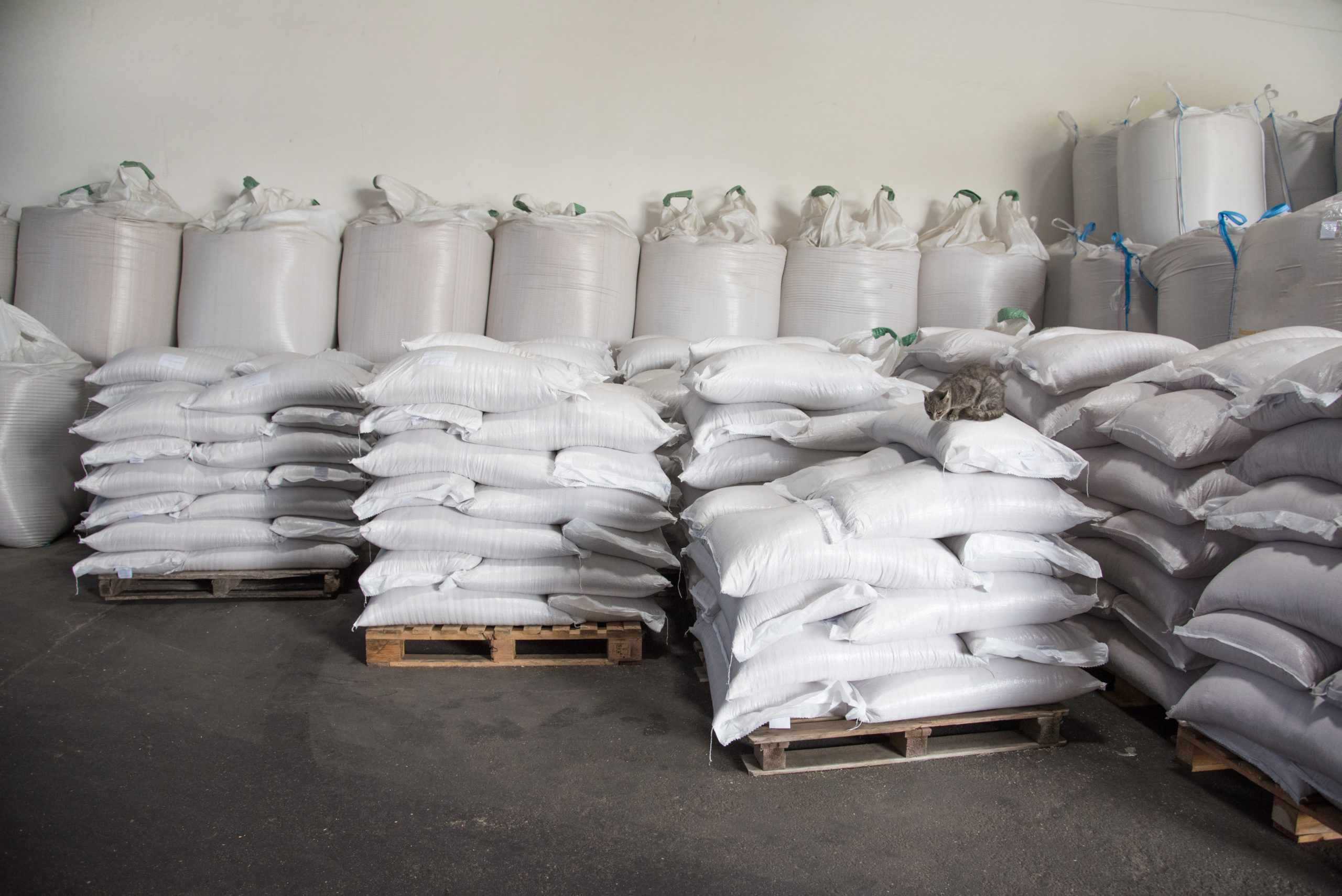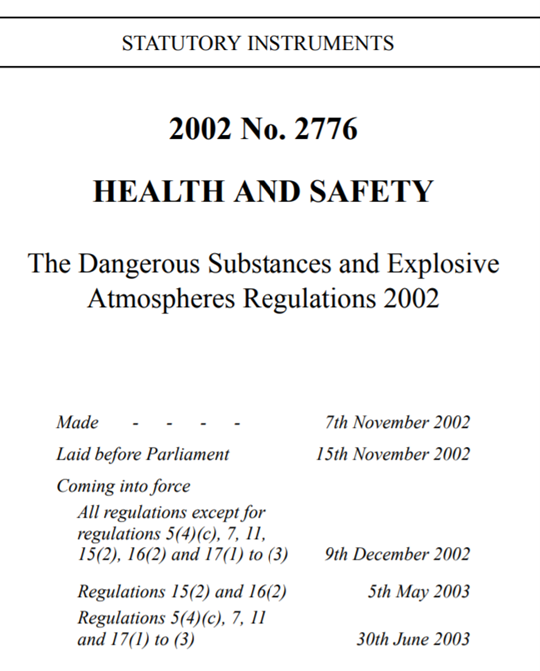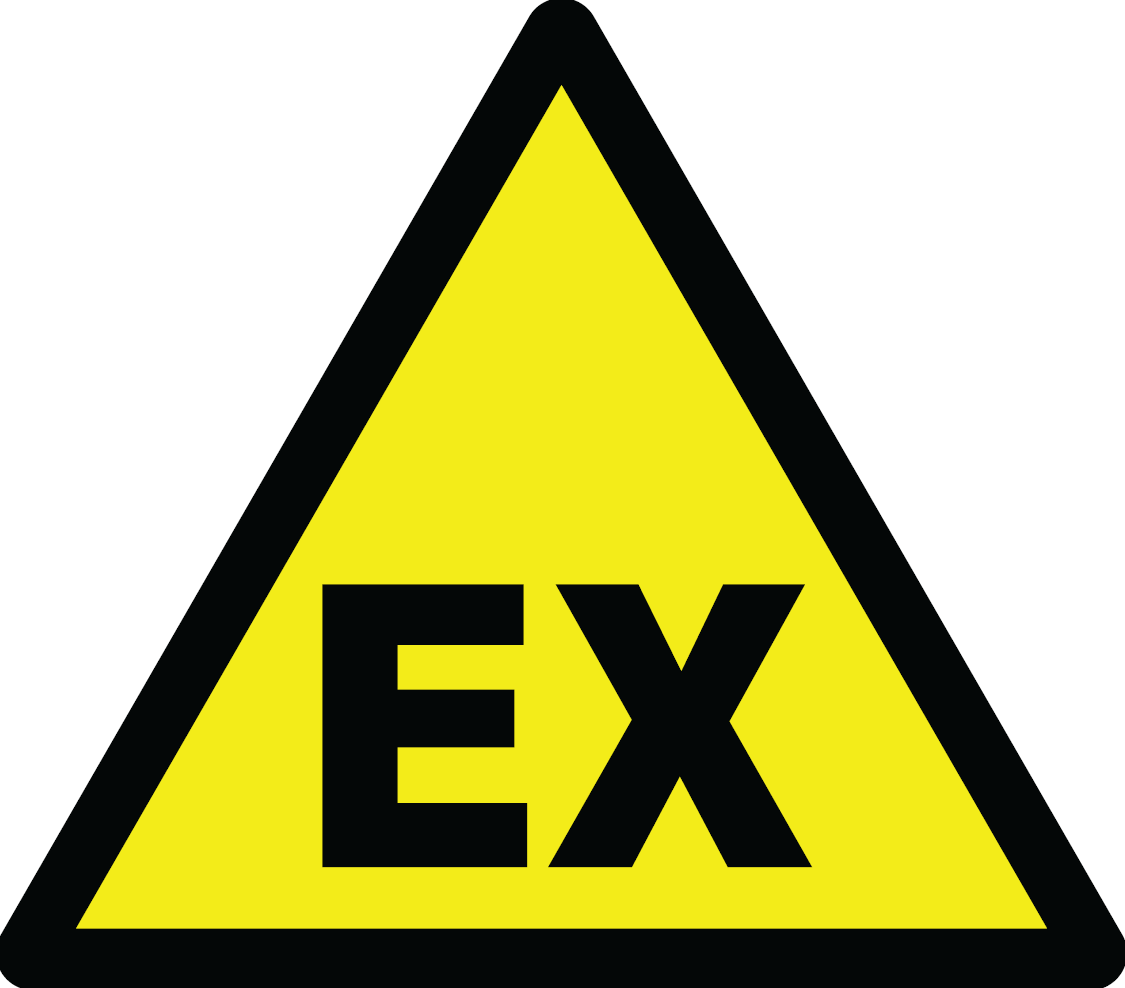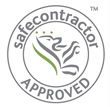The importance of these regulations may be overlooked by employers who have a legal responsibility to keep their employees safe. Too often, employers attempt to delegate the responsibility of compliance to suppliers who do not have sufficient knowledge of all risks to provide safe solutions for the storage, processing or handling of dangerous substances.
These regulations place many obligations on the Employer that extend beyond the equipment supply. Employers must be familiar with these obligations to stay within UK law. Every Employer in Great Britain that uses substances that can catch fire, oxidise or explode must comply with these regulations unless they are explicitly exempt.
The (DSEAR) Dangerous Substances and Explosive Atmosphere Regulations 2002 (SI 2002/2776) set minimum requirements for protecting workers from fire and explosion risks related to dangerous substances and potentially explosive atmospheres.











